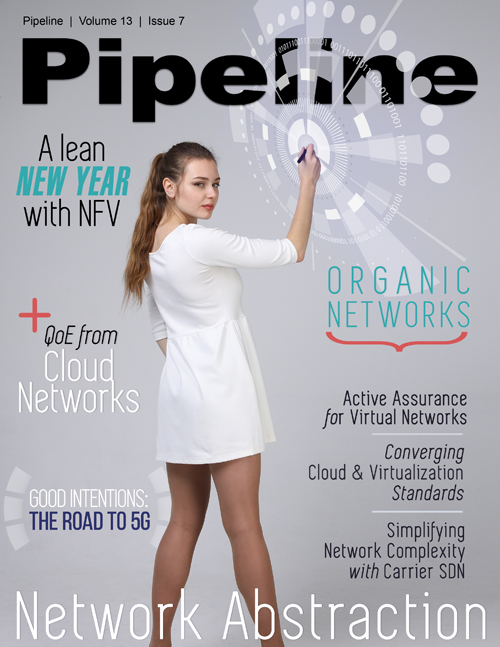Organic Networks: self-managing and self-growing networks

Communications networks never stop growing. Since their inception, our global networks have always been a patchwork of old and current technologies. In an ongoing process, network practitioners stretch their minds to invent fresh ways of doing the same thing — essentially carrying bits to more places — faster, more reliably, more securely and at lower cost. But larger size, the enrichment of services, and escalating numbers of endpoints bring increasing complexity. Network capacity is expected to go on growing non-linearly and so as the number of possible interactions between elements increases non-linearly, complexity will increase at a multiple of those exponents.
Global telecommunications networks will eventually become too big and complex for humans to manage. We must automate more network functionality, and plan for how designers, operators, and intelligent machines will work together. In recent years, a lot of deep thought has been taking place about the future of networks: autonomic networks, intelligent networks, software-defined networks, network function virtualization, and organic networks. Clearly we are looking hard for a solution.
We see increasing speculation and serious research in the practical application of artificial intelligence, machine intelligence, and machine learning across the board: transport, health care, war, manufacturing and network security. Algorithms that allow machines to learn are being coupled to deep data stores fed by sensors that provide situational awareness. These learning programs create a model that can control tools that allow machines to direct actions. When placed in a feedback loop, this is the basic biological model: senses, memory, thought, and action. These machines will use their learning as responsibly as we teach them and as realistically as the data captures reality.
Sooner or later, probably sooner, our networks will become too big and too complex for individual humans to design, build, and manage. Daily existence in this complex age makes us more aware of the limitations of human beings. Daniel Khaneman and Amos Tversky's groundbreaking work on the limits of human expertise concludes that the "intuition" of some experts is illusory [Kahneman, D. (2011) Thinking, Fast and Slow.] Human cognition is limited in its ability to understand complexity, so humans have workarounds that allow us to cope and make decisions in a complex world, and those workarounds work, up to a point. Over much of our careers, these workarounds took the form of creating and using well-defined processes. But these very processes always include great friction generated by the humans in the process flows.
Machines will have cognitive limits, but they are limits that are different in degree and type from human limits. Handing things over to machines starts to look like a good idea. But humans have to design and build the machines in the first place, then live with them. If frail yet smart humans can create machines that are optimized for building, managing and optimizing networks for us humans to use, operators and customers will probably find themselves happy to work with those machines. But overcoming that frailty, that tendency to introduce a systematic error, is a great stumbling block in this highway to autonomic networks.





















